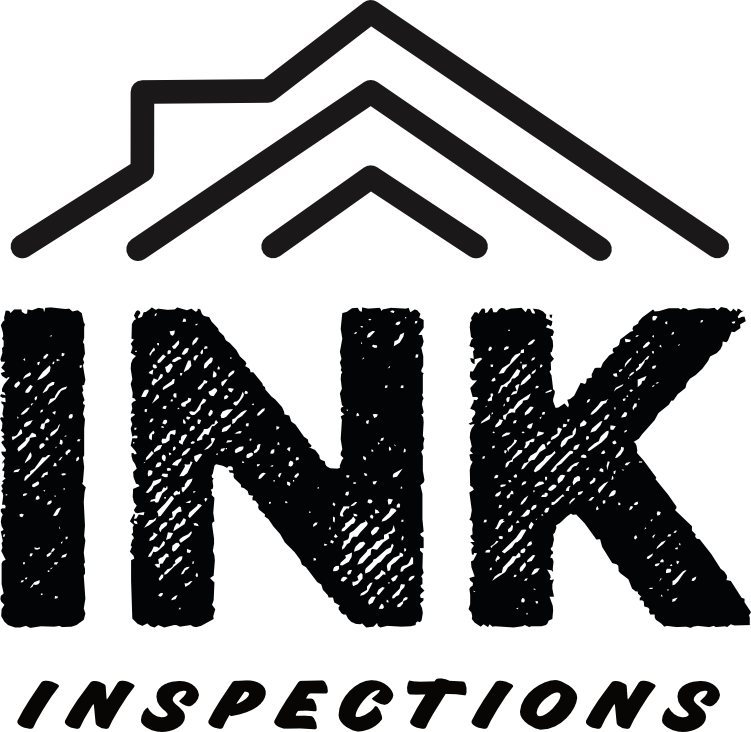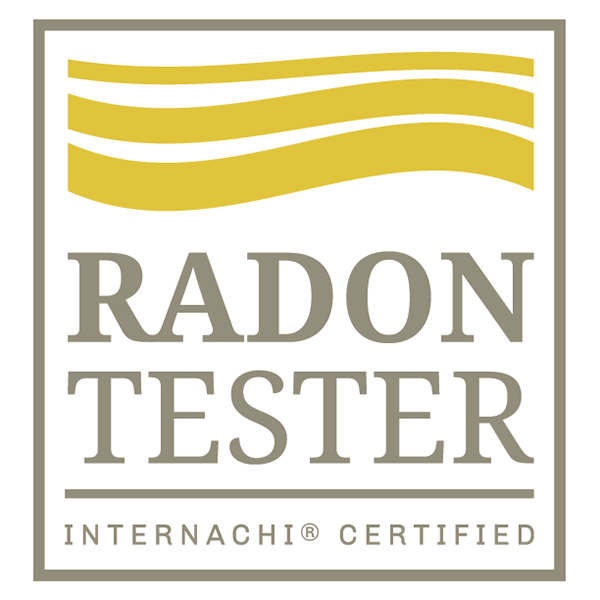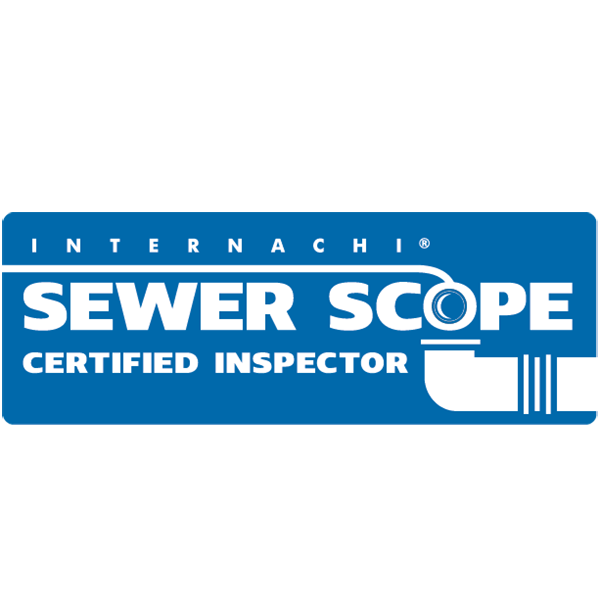Ink Inspections proudly provides home inspections in Wyoming, Michigan.
Wyoming is a thriving city in Kent County just southwest of Grand Rapids. With a population of around 76,000+ people, it’s the second-largest city in West Michigan after Grand Rapids and a major part of the greater Grand Rapids metro area. The city blends established post-war neighborhoods, busy commercial corridors like 28th Street, and convenient access to US-131, I-196, and M-6. Wikipedia+1
Links for more information about Wyoming:
Danny Geurink, Certified Master Inspector with Ink Inspections has been inspecting homes in Wyoming and the greater Grand Rapids area for years. I specialize in providing clear, detailed, and honest descriptions of the homes my clients are considering. As a home inspector, I work for you, the buyer (or seller), and no one else.
If you’re looking to hire a top-rated home inspector familiar with Wyoming’s older neighborhoods, busy 28th Street corridor, and newer developments, you’re in the right place. Click below to view pricing, check availability, and schedule your inspection in just a couple of minutes.
Ready to schedule? Click below!
Common Home Inspection Issues in Wyoming, Michigan
Wyoming’s homes include a mix of 1940s–1970s neighborhoods, mid-century ranches, and newer subdivisions. Because of this variety, certain issues tend to show up more frequently during inspections in this area. Here are some of the most common concerns I find in Wyoming homes:
1. Aging Mechanical Systems
A high percentage of Wyoming homes still rely on older furnaces, air conditioners, and water heaters. Common findings include:
Furnaces or boilers approaching end of life
AC units that cool but lack proper temperature split
Older water heaters with corrosion at connections
Missing or dirty air filters
Non-functional humidifiers or abandoned duct components
Many mechanical systems here are original to 80s/90s builds or were replaced once and now due for replacement again.
2. Settling and Structural Movement
While not always severe, Wyoming homes show repeated signs of movement due to soil conditions and the age of many foundations. Typical issues include:
Hairline cracks in basement walls
Step-cracking in block foundations
Slight floor slope in older ranch and bungalow homes
Drywall cracks above doors or archways
Evidence of previous repairs without supporting documentation
These signs don’t always indicate failure, but they are important to note and monitor.
3. Window, Door, and Exterior Envelope Problems
Homes in Wyoming often show age-related wear around openings and exterior components. Common concerns include:
Drafty or sticking windows and doors
Failed thermal seals (foggy windows)
Missing or deteriorated caulking
Gaps where siding meets trim
Weatherstripping that no longer seals properly
These issues affect comfort, energy efficiency, and water intrusion risks.
4. Garage and Outbuilding Deficiencies
Given how many Wyoming homes have detached garages, older attached garages, or backyard sheds, frequent findings include:
Non-functional or unsafe garage doors
Outdated or damaged garage electrical wiring
Poor roof conditions on older detached garages
Foundation settling in older slab garages
Missing fire separation between garage and living space
Garages often get overlooked by homeowners, but they reveal important maintenance needs.
5. Environmental and Legacy Materials
Many pre-1980 Wyoming homes still contain older materials that require caution during renovation. These may include:
Asbestos-containing floor tiles, pipe insulation, or siding
Vermiculite insulation in older attics
Lead-based paint on original trim and windows
Galvanized supply piping
Unlined masonry chimneys
While testing is outside the scope of a standard home inspection, identifying suspect materials helps homeowners plan ahead.
6. Roof Age and Ventilation Issues
Wyoming sees frequent roof-related concerns due to Michigan’s weather patterns and the age of many homes. Common issues include:
Roofs near end of life with granular loss
Ventilation problems causing attic moisture
Undersized or improperly placed attic vents
Past ice-dam staining at eaves
Aging or improperly sealed flashing
Proper attic ventilation and timely roof replacement are major factors in preventing long-term moisture damage.






